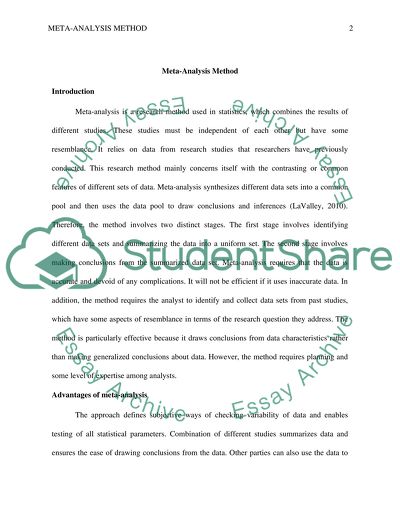Cite this document
(Meta Analysis Reconciling the Results of Independent Studies Research Paper, n.d.)
Meta Analysis Reconciling the Results of Independent Studies Research Paper. Retrieved from https://studentshare.org/statistics/1460442-mta-analysis-method
Meta Analysis Reconciling the Results of Independent Studies Research Paper. Retrieved from https://studentshare.org/statistics/1460442-mta-analysis-method
(Meta Analysis Reconciling the Results of Independent Studies Research Paper)
Meta Analysis Reconciling the Results of Independent Studies Research Paper. https://studentshare.org/statistics/1460442-mta-analysis-method.
Meta Analysis Reconciling the Results of Independent Studies Research Paper. https://studentshare.org/statistics/1460442-mta-analysis-method.
“Meta Analysis Reconciling the Results of Independent Studies Research Paper”, n.d. https://studentshare.org/statistics/1460442-mta-analysis-method.


